
The relevance of back pain is never far away – especially since 80% of us will experience debilitating lower back pain. This is a huge problem and it is also very preventable for most people – which is why we’re writing about it today.
The majority of back pain does not originate in the spine itself, but occurs in response to mechanical dysfunction elsewhere. Today we’re going to outline the contribution of the trunk muscles and the hips to lower back pain – and what you can do to avoid this kind of discomfort.
Modern Problems for the Spine
Issues surrounding the spine cover the whole spectrum of acquired problems in the modern age: mobility, weakness, poor control, excessive inactivity, and the slow degeneration of muscle tissue with fatty deposits.
In many ways, lower back pain is emblematic of the larger picture of public health. It is a totally preventable case for many, but is still likely to cause significant problems over the long-term due to the poor lifestyle many of us lead.
There’s no shame in experiencing pain, but there is also no reason to experience pain that could be avoided. Especially when this pain can reduce overall mobility and quality of life – things that you should already be valuing highly.
How Does Lower Back Pain Occur?
There are a number of significant factors in the development of lower back pain in otherwise-healthy people.
The most important context for this is the sedentary nature of modern life. We’re just not active in the ways that our body evolved to behave – and this results in systematic weakness and immobility in the muscles and joints.
The proper movement of connective tissues and the muscles of the trunk are closely related to the incidence of lower back pain. This is the kind of thing that only occurs in active humans and the first and simplest way of improving the condition of the back is just moving your body through full ranges of motion.
However, that’s pretty vague guidance. Let’s look at something as simple as sitting down for large portions of your life.
The amount of sitting we do on a daily basis is already known to be an independent risk-factor in metabolic dysfunctions. The problem for lower back pain is the compression of the spine through poor posture and inactive stabiliser muscles.
We have glutes and trunk muscles specifically for the purpose of stabilising the spine and maintaining active control over the core and hips. Sitting doesn’t require these muscles to remain active and – in the body’s trend of doing as little as possible – they become weak and compromised.
Naturally, his isn’t a problem all by itself. However, the combination of sitting at work, in the car, and at home can lead to some significant problems over the years. Most adults have horrendously poor mobility in the hips and ineffective glutes, core muscles, and ‘frozen’ hips.
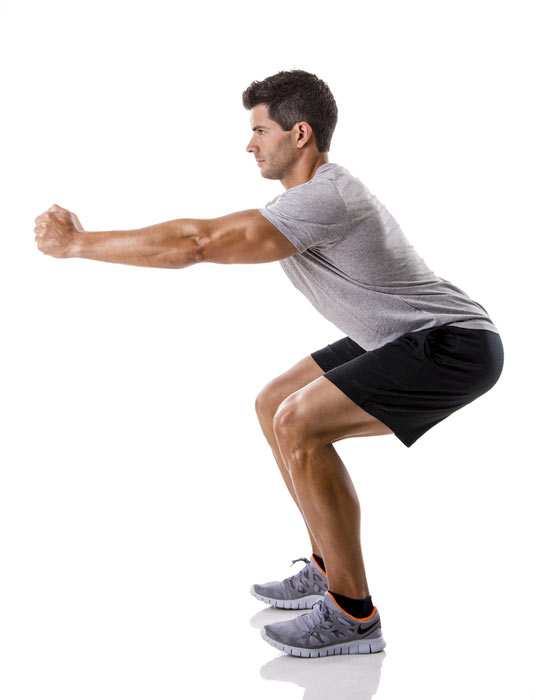
Core function in LBP
The role of the core musculature in lower back pin simply ca’nt be overlooked. The muscles of the trunk (the ‘core’ and the lower back) envelop the spine and provide stability when moving or loaded. These are the key times when proper spinal health could be compromised.
The muscles of the trunk is vague terminology, but there are 3 key overlooked muscle groups that require proper training and integration for optimal spinal health/. These are the Multifidus, Transverse abdominus, and the obliques.
Multifidus: An Important Player
The multifidus are muscles in the back itself – often grouped into the spinal erectors. This is a muscle group that directly attaches into the spine and control the extension of the spine – something many people are restricted in.
The decay of the multifidus is a common sign of aging and is closely associated with a significant portion of lower back pain cases. The decline in strength and control in the multifidus is also met with the development of fatty deposits, further limiting the function of the muscle.
A proper strength training and control program has been shown to reverse this kind of damage and pain. Strengthening the multifidus with simple movements like back raises and cat-cows builds greater trunk strength and reduces the risk of LBP.
Equally, bridging and bird-dogs are favorites in the rehabilitation of the multifidus with the additional benefits of glute development and rotational strength, respectively. Lying leg raises with active bottom positions are also a great tool for this process.
Equally, utilising proper posture through the multifidus and traps can alleviate some of the more significant compressive forces on the spine. This can be useful for proper vertebral alignment and preserving the health of facet joints – another common site of injury.
The Role of the Transverse Abdominus in Back Pain
The transverse abdominus (TVA) is effectively an in-built corset that stabilises the centre of the body in a circumferential way. It offers a bracing mechanism and is the main muscle group associated with inter-abdominal pressure, which is a key factor in healthy load-bearing in the spine.
The TVA isn’t well-trained in most people, however. It’s not associated with crunches and planks unless you’re really focusing on the role it plays in these movements – pretty unlikely if you’re a normal adult with core dysfunction!
Training the TVA effectively is a matter of consistent, varied core exercise with a focus on the proper implementation of isometric stability exercises. These offer a chance to resist 3-dimensional demands – exercises like hollow holds and rotational training help integrate the TVA.
The pressure provided by this muscle is also crucial in heavy lifting more generally and the proper stability of the core. This can also be trained through the 8-point plank, where the proper maintenance of spinal position requires proper front and back musculature integration.
Control and strength are the two key factors for this kind of training and they’re easily improved with a consistent approach to core training.
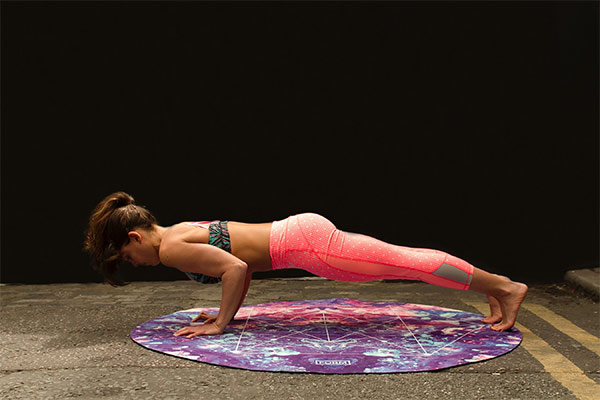
Obliques: Keeping Sides Healthy
The obliques are really underrated as a core muscle group. They might look amazing, but beyond that they’re some of the most important controlling muscles for the position of the spine and are essential in balancing up the lateral alignment of the hips and spine.
Poor strength or control in the obliques isn’t just going to Limit your stability in the core, but also the relation between your hips and spine. This is one of the most important changes that you ought to concern yourself with, since it’s a common factor in serious, persistent back pain.
The proper control of these muscles is paired with rotational strength. Oblique and anti-rotational strength is the important combination to ensure you’re aligned above the hips.
Training side planks (especially with a dip or a twist), side bends with a pause, and other lateral movements all contribute to oblique development. As you get more advanced, you can also train hanging knee raises with an oblique crunch.
The overall point is simply to strengthen all the muscles surrounding the spine rather than simply ignoring the obliques because they’re not abs. This muscle group is important for the proper maintenance of spine health, as well as performance.
Hip Problems Show up in the Spine
Glutes and Piriformis
The proper maintenance of the hip muscles is key to supporting the spine and ensuring it’s wellbeing into the future. The hips are the root of the spine and connect to the most vulnerable area: the lumbar and sacrum.
The glutes, specifically, are there to stabilise this region – especially during movement. Strengthening these muscles and making sure they’re used in loaded exercise is one of the best ways to improve lower back pain.
This can be developed in planks and back raises, which are both useful movements. Equally, kneeling lunges and glute bridges should be practiced for overall lower back and hip integration. We’ve already mentioned these briefly for the multifidus, but they perform multiple roles at once.
Frog pumps can be a great way of conditioning the glutes, too. If you’re struggling to feel them, it’s a great choice. Equally, a hip hinging movement like a paused Romanian deadlift can really improve the feeling of the hamstrings and glutes, which are great for hip and spine alignment under load.
Take it steady with these exercises and make sure to focus on the squeeze in the glutes, as well as how movement affects your hip and lower back position.
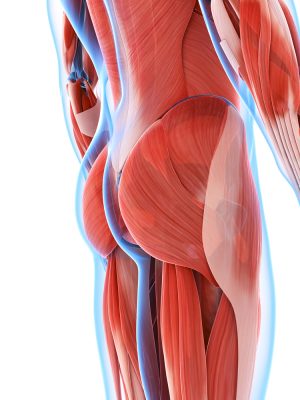
Better Movement: Hips Together, Hips Apart
The movement of the hips with, and separate from, the spine are both key skills to develop. The ability to move the hips and torso together is one key skill, while the ability to separate their movements in a controlled way is equally important.
The movement of the hips and core together in a hip hinge is crucial for weight training exercises. It’s the strongest position of the spine and hinging at the hips is one of the key skills for reducing stress on the joints of the spine and keeping it on the muscles themselves.
The good morning, paused Romanian deadlift, single leg deadlift, and the kettlebell swing are all good examples of hip hinging. This is a fundamental movement so it should get some serious attention in your workouts.
Equally, the controlled movement outside of the neutral spine position is important. The spine isn’t neutral in everyday life and proper training in these unusual positions can strengthen them to ensure better connective tissue health and keep the spine ready for movement outside of the standard lifting positions.
The side plank with a twist is one of our favourite ways of building strength outside of neutral. From here, adding dynamic movement with wood chops, Russian twists, and slowly progressing towards med ball throws.
Take your time and load the hip hinge/rotation slowly to ensure proper tissue adaptation, and your spine and core will benefit massively over the years to come!
Final thoughts
Most back problems arise in the spine, but are the result of problems in the hips and core. These two areas of complicated, important musculature build a healthier spine and the examples we’ve given here can help support both.
Treating your spine with some concern and proper exercise is all it takes to avoid some of the most common problems. They’re going to affect a lot of us, but they don’t have to needlessly affect you if you take care of yourself.
Obviously, you’ll need to pair these with proper hip mobility and ork on good posture. However, the exercises here outline a quality starting point for better hip and back health, which can mean years of better living from minutes per week of exercise.

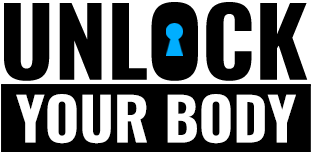
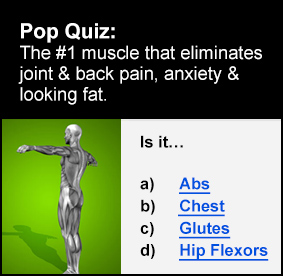
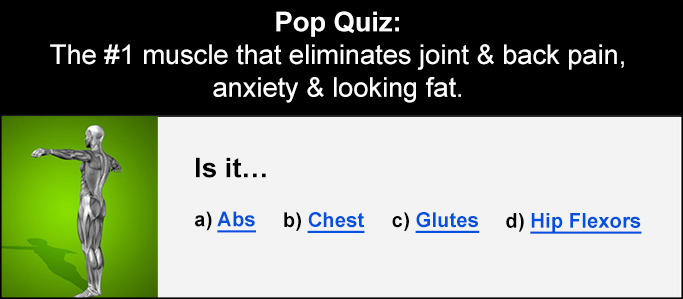
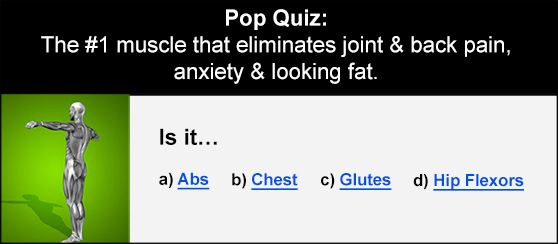
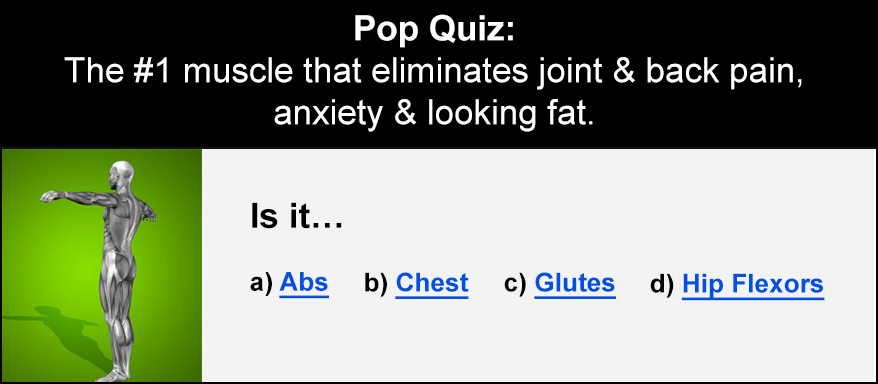


December 31, 2019
Have problems with my core and hip and back8
January 2, 2020
Hi Johnnie, sorry to hear about your core, hip and back problems. I hope you are able to find a great therapist in your area. In the meantime working through these exercises will help greatly. We also have a product you may find helpful. If you go to our Order page you will see our Unlock Your Hip Flexors program.